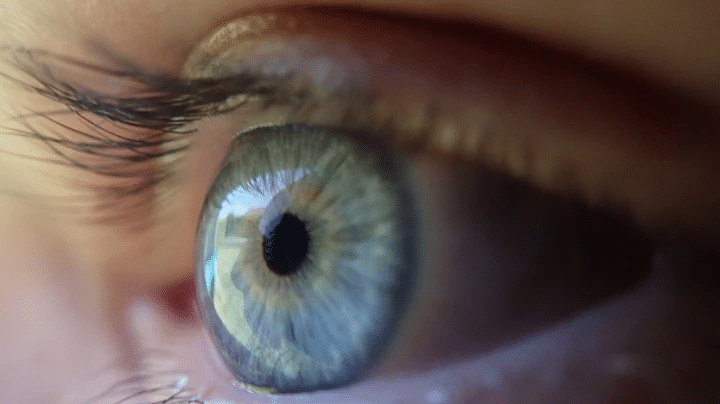The eyelids are thin folds of skin which cover and protect our eyes. They have muscles controlling their movement up and down known as the levator palpebrae. This can either be done via an involuntary or voluntary action of our nervous system. Each eyelid will have a row of eyelashes at the margin which has a function of heightened protection from dust and debris which may otherwise damage the delicate structures of the front of the eyes.

What do we have eyelids?
The key function of the eyelids is to spread tears and other eye secretions over the visible eye surface keeping it moist and free from particle debris. The surface of the eye must be kept moist in order for it to work properly.
Our blink reflex is one the fastest movements found anywhere in nature serving to protect from minor, foreign objects or debris landing into the eye.
The scalpal view of an eyelid
The eyelids are made up of several layers which each serve their own special functions when working together. The skin covering itself is similar to anywhere else on our body but is relatively thin. There are also more pigment cells located here and in eyelid problems these pigmented cells may migrate and cause skin discolouration.
There is a high level of nerve and blood supply to the eyelids. So, visible problems such as a droopy lid of extra high-level lids may be indicative of deeper systemic health problems – if you feel your eyelids are not quite sitting in the same place as before then there is no need to panic but it is always advisable to seek medical or ophthalmic advice as soon as possible to rule out any other pathology.
Eyelid complaints
The most common complaint of eyelids most optometric practices sees is ‘lumps’ and ‘bumps’ which have popped up. These could be inside the eyelid, on the outside or on the lid margin. Generally, they are due to blockages of small glands which secrete tears and other useful fluids in and around the eye but sometimes these can be more sinister. If there is a minor gland-blockage then a regime can be recommended by your independent opticians to help reduce the swelling and lumps. If they are particularly persistent or recurrent then you could be referred for topical or oral antibiotics.
We should always be aware of protecting our skin from UV exposure, and our eyelid region is the same. We can grow malignant lumps in and around the eyelids, these are usually more painful than a blocked gland, are itchy or sometimes painful, increase quickly in size or could be red or even bleeding.
Top 12 problems relating to our eyelids are:
- Itchy eyelids
- Droopy eyelids
- Puffy eyelids
- Dry eyelids
- Sore eyelids
- Hooded eyelids
- Swollen eyelids
- Red or pink eyelids
- Heavy eyelids
- Double eyelids
- Yellow eyelids
- Twitching eyelids
If you are having any of these eyelid problems it is always advisable to see your independent optician urgently who can help tentatively diagnose and signpost you to the relevant medical specialists.
In effect, our eyelids may seem relatively insignificant to eye health, but they play an important role and any abnormalities should be reported to your independent opticians.





